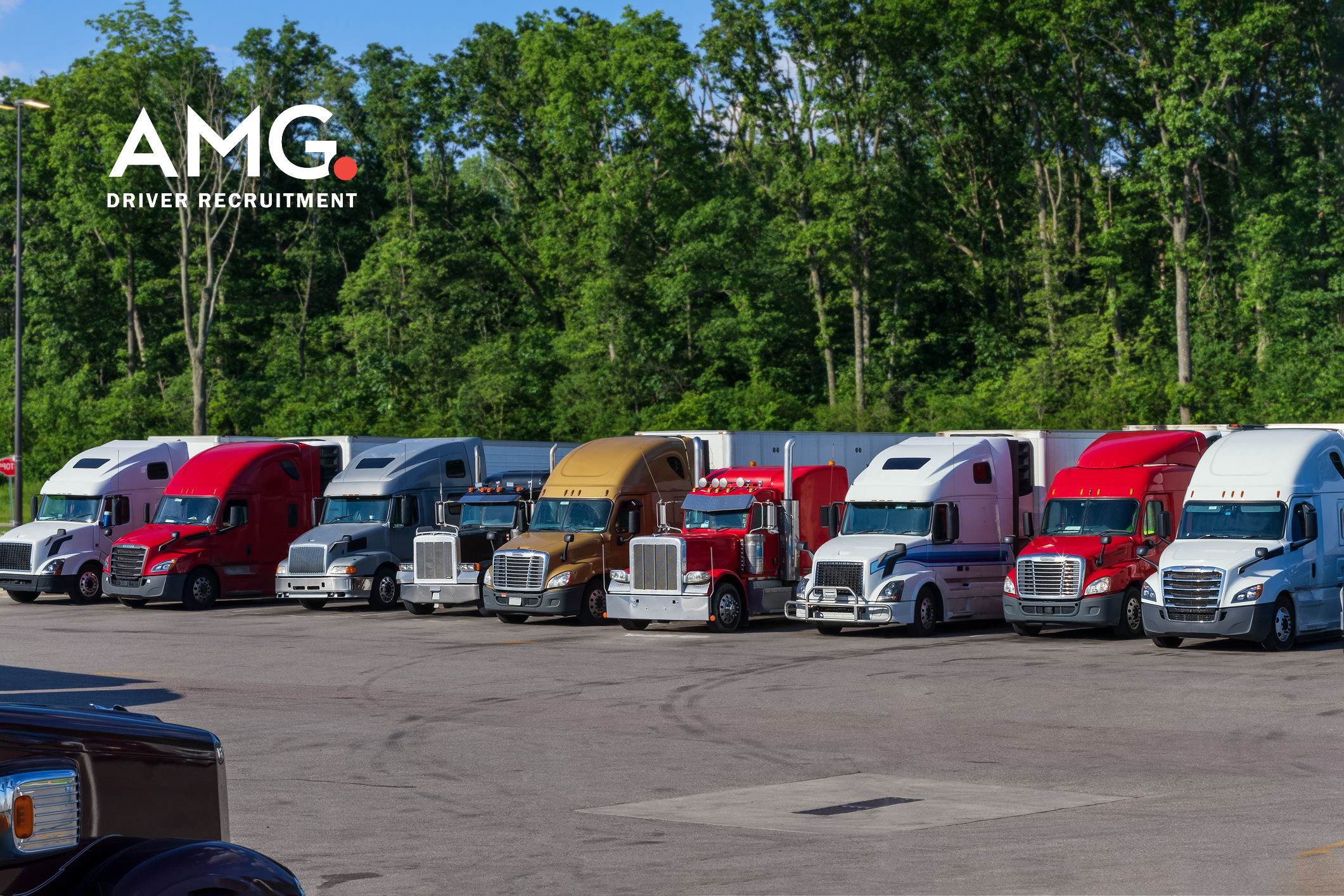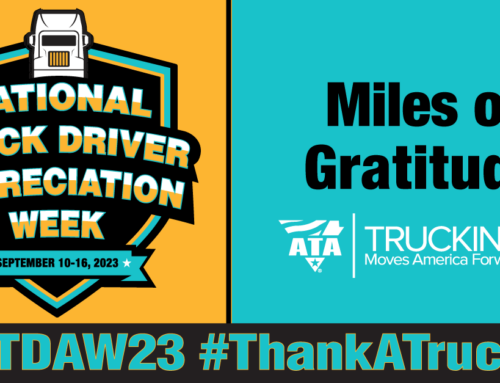The truck driver shortage is no secret — carriers have already seen it happening over the past decade. The American Trucking Associations (ATA) estimated that the industry would be 80,000 drivers short of demand in 2021. And that number could be over 160,000 drivers by 2030.
Something must be done if we want to fix rising supply chain shortages and consumer prices, not to mention trucking companies struggling to find and retain drivers.
What Is Causing the Truck Driver Shortage?
You can’t truly solve a problem without getting to the root of the issue.
In other words, we can’t fix the truck driver shortage without knowing why it’s happening.
So, what’s going on?
Since 2020, companies everywhere have been impacted by the Great Resignation — employees quitting their jobs for greener pastures. But there is something beyond the pandemic going on with truck drivers.
Put simply: the job can be hard.
The ATA cited these factors in why there’s a shortage:
- Current drivers being close to retirement age
- A low proportion of female drivers compared to the total workforce
- Too many drivers not passing drug tests
- The minimum age of 21 to drive across state lines (making it hard to recruit new drivers)
- More drivers leaving during the pandemic
- Fewer drivers getting trained during the pandemic
- Too much time away from home and other lifestyle concerns
- Infrastructure issues that impact drivers’ ability to park and make deliveries safely
- Carrier standards that some candidates can’t meet, such as criminal histories and driving records
Some in the industry don’t believe there’s a driver shortage at all — it’s just that drivers are leaving due to poor working conditions, low pay, and unrealistic standards.
How to Reduce the Impact of Too Few Drivers
The next question becomes: What can we do about the lack of drivers? Is there a way to turn things around?
It’s a complicated question without one solution. But there are ways carriers can help. A lot of it comes down to creating a better environment for current and future drivers.
That means offering better working conditions to attract those with the skills and training to fill positions.
Provide Drivers with Better Tools to Do Their Jobs
Truck driver pay has already been increasing, which is a step in the right direction, but pay alone won’t solve everything.
Regulatory conditions, business practices, and technology will need to improve to remove common workflow issues. Some positive steps include:
- Upgrading equipment to increase load/unload times
- Using mobile technology to provide real-time data
- Working on tools that minimize disruptions and delays
Show drivers that you are constantly working to increase efficiency and stay attuned to their needs. A better working relationship will encourage drivers to open up about challenges and feel like more than just a number.
Build Stronger Collaboration Between Steps in the Supply Chain
Creating collaborative relationships with everyone involved — including drivers, shippers, freight brokers, and suppliers — will help increase efficiency and reduce frustration. Drivers can feel more in tune with changes that impact their daily work lifestyle.
Target Drivers Through Multiple Touch Points
Improving driver conditions will help reduce the enormous turnover rates we currently see. But you should also have a plan for reaching more ideal candidates.
You need a smart approach for attracting, recruiting, hiring, and retaining drivers — not just using shared lead lists. AMG Driver Recruitment uses a combination of channels to maximize your direct, quality leads based on your company and what you offer. Reach out today to learn more.





Leave A Comment